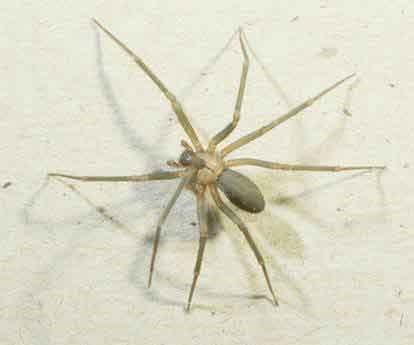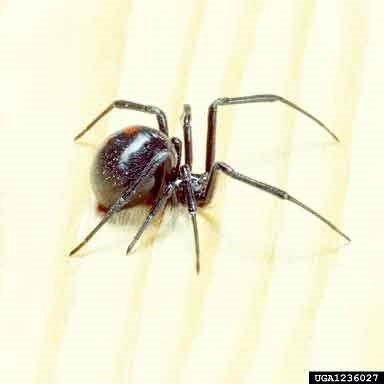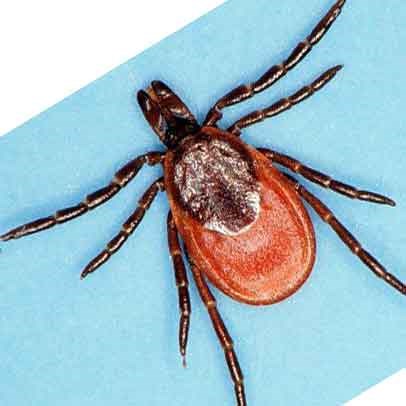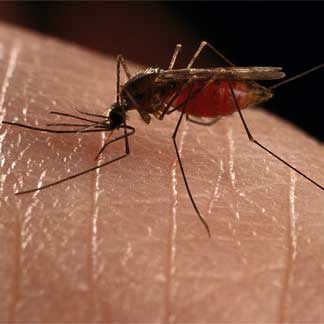|
Poisonous Spiders Only two types of poisonous spiders may be found in the Gauley River National Recreation Area; the black widow and possibly the brown recluse, whose range may now be expanding into this area. While these spiders are rarely encountered on hikes or picnics, it is still important to be able to identify these spiders in case a bite is received. 
Brown Recluse: Description: • A body length of 10 to 12 mm. • 6 eyes instead of the typical 8 Habitat: • Under Debris • In or around abandoned buildings Indoors: • Storage rooms and crawlspaces. Symptoms: • Itching, chills, fever, nausea, vomiting, shock • A small white blister usually forms at the bite site; the affected area may become red and tissue may be hard to the touch. • A dry blue-gray or blue-white lesion may form. 
Black Widow: Description: • Red or orange hourglass shaped marking on the underside of its abdomen. Habitat: • Widows are often found in buildings, wood piles, stone walls, and crawl spaces. Symptoms: • Venom acts on the nervous system, causing various degrees of pain • Short stabbing pain • Slight local swelling and two red spots (puncture points from the spider's fangs) • Pain progresses from bite site to abdomen and back • Nausea, profuse perspiration, difficulty breathing, tremors, increased blood pressure, fever • Symptoms usually diminish after a day or so Prevention: • Wear gloves when collecting firewood or moving rocks or yard debris. • When camping, shake out clothing and shoes before getting dressed. If bitten: • Seek medical attention immediately. 
Ticks Habitat: Commons ticks here: • Ixodes - Know as the Deer Tick Description: Prevention: • Apply insect repellent containing 10 to 30 percent DEET primarily to clothes. Apply sparingly to exposed skin. Always follow label instructions on how to apply. • Walk in the center of trails so weeds do not brush against you. Individuals who sit on the ground or disturb leaf litter on the forest floor may encounter ticks. • Check yourself, children and other family members every two to three hours for ticks. Most ticks seldom attach quickly and rarely transmit disease organisms until they have been attached for four or more hours. If your pets spend time outdoors, check them for ticks. • Take a shower immediately after coming in from being in the outdoors. Removal of tick: • The best way to remove a tick is to grasp it firmly with tweezers as close to the skin as possible and gently, but firmly, pull it straight out. • Do not remove the tick with bare hands. • To dispose of the tick, flush it down toilet. • Wash the area around the bite thoroughly with soap and water, then apply antiseptic to the bite. • If you have an unexplained illness with fever, contact a physician. Be sure to tell the physician if you have been outdoors in areas where ticks were present.

Mosquitoes Mosquitoes are a very common menace throughout the Bluestone National Scenic River area. While most mosquitoes are harmless, some do carry diseases such as West Nile Virus. West Nile Virus: http://www.cdc.gov/ncidod/dvbid/westnile/wnv_factsheet.htm
Habitat: Prevention: Protecting Yourself: • Wear long sleeves and long pants when possible. • When possible remain indoors at dawn, dusk, and in the early evening when mosquito's are most active. • Ensure window screens or tent netting is in good condition. |
Last updated: November 14, 2017
